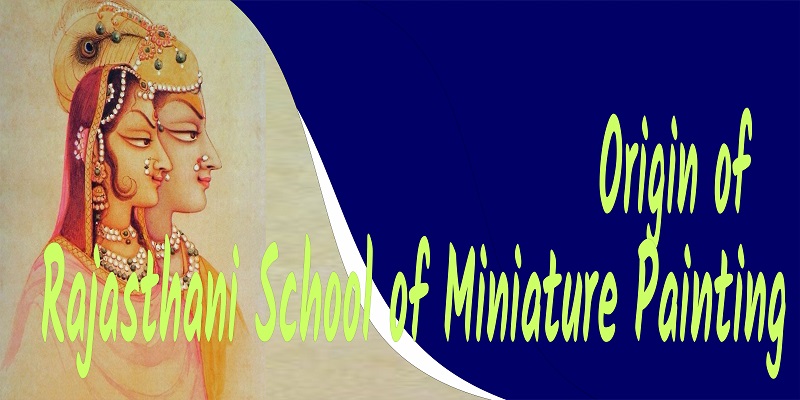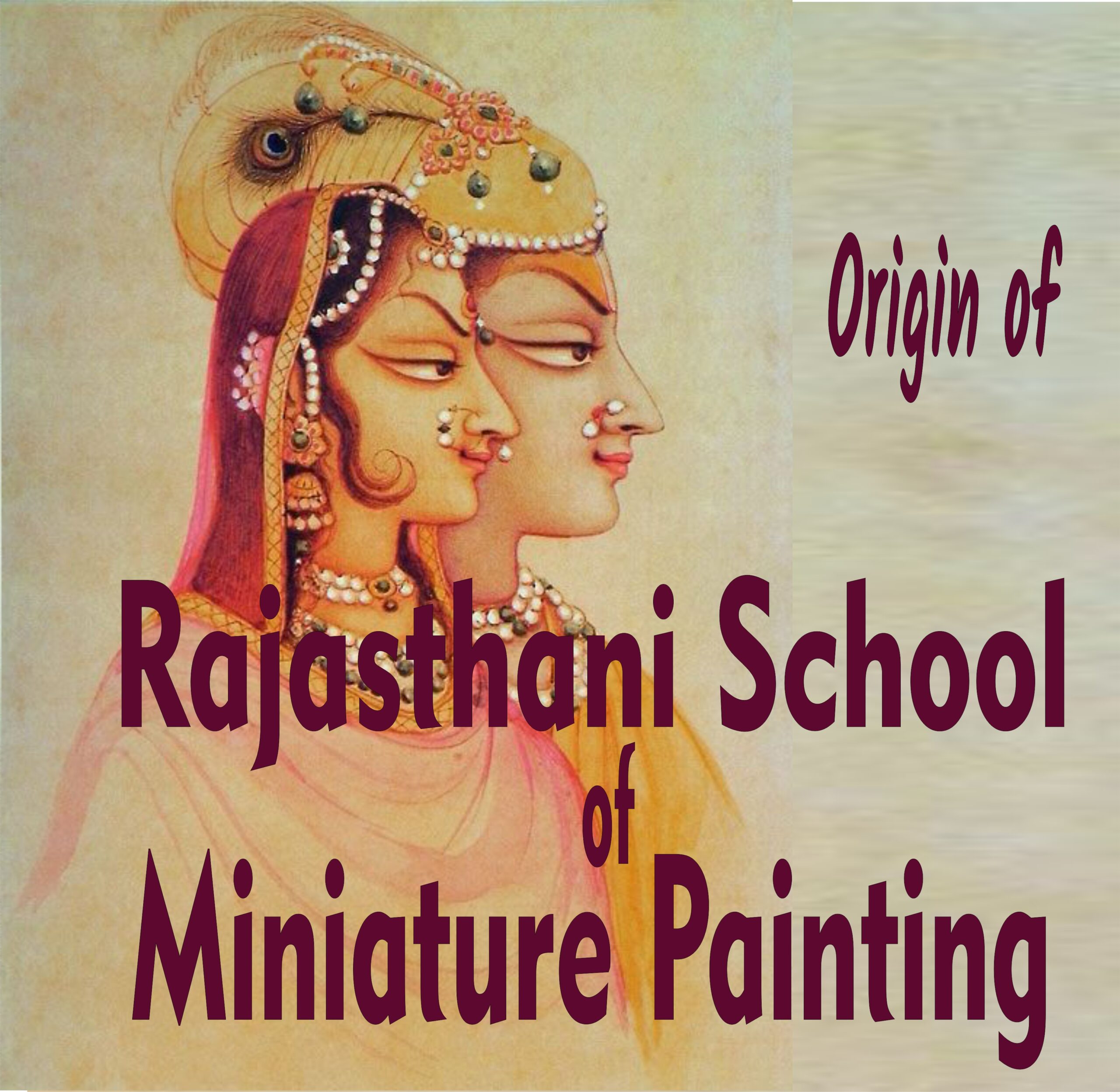Introduction:

Nestled within the heart of India’s cultural tapestry, the Rajasthani School of Miniature Painting stands as a testament to artistic brilliance, intricate detailing, and a rich historical legacy. This captivating art form, born from the vibrant land of Rajasthan, carries with it a journey that spans centuries and encompasses a diverse array of styles and influences. Join us as we explore the origin, development, features, sub-schools, and iconic masterpieces that have defined the Rajasthani School of Miniature Painting.
Unveiling the Magnificence
Origin and Evolution:
Emerging in the 16th century, the Rajasthani School of Miniature Painting found its roots in the royal courts of Rajputana. Patronized by the Rajput kings, these miniature paintings beautifully captured tales of love, devotion, mythology, and royalty. Influenced by the Mughal and Persian schools, Rajasthani miniatures infused their own distinctive flavor, characterized by vibrant colours, intricate patterns, and a focus on detail.
Features of Rajasthani Miniature Paintings:
- Rich Colour Palette: Rajasthani miniatures are renowned for their bold and vibrant colour palette. Brilliant reds, deep blues, and striking greens dominate these artworks, creating a visual spectacle that mirrors the vitality of Rajasthan’s landscapes.
- Intricate Detailing: Every brushstroke in a Rajasthani miniature painting is a testament to the artist’s precision and dedication. Intricate detailing, often done with brushes made from squirrel hair, brings the artwork to life.
- Emotion-Filled Narratives: These miniatures serve as visual storytellers, conveying tales of romance, mythology, religion, and history. The expressive depictions of characters and scenes evoke powerful emotions and connections.
- Nature and Symbolism: Rajasthani miniatures often integrate nature and symbolism, showcasing animals, plants, and elements that hold cultural significance. Each element contributes to the narrative’s depth and meaning.
- Miniature Size: True to their name, these paintings are characterized by their small size. This scale demands exceptional skill, as artists must convey intricate details within limited dimensions.
Sub-Schools of Rajasthani Miniature Painting
- Mewar School: Renowned for its bold colours and emotional intensity, the Mewar School predominantly depicted scenes from Hindu epics and mythology.
- Marwar School: Flourishing in the Marwar region, this school’s miniatures often depicted nobility, hunting scenes, and courtly life, characterized by earthy tones and a focus on portraiture.
- Hadoti School: Flourishing in the Hadoti region, this school featured softer colours and graceful compositions, often portraying scenes from Radha-Krishna mythology.
- Bundi-Kota Kalam: Known for its distinctive use of vibrant colors and delicate brushwork, this school often portrayed Ragamala and Baramasa themes.
Main Paintings and Iconic Masterpieces
- Ragamala Series: These series depict various musical modes and evoke the emotional connections between music, nature, and human emotions.
- Baramasa Series: Exploring the changing seasons and human experiences, this series captures the essence of time and emotions through intricate artwork.
- Krishna Lila: Depicting the enchanting tales of Lord Krishna, these paintings bring to life the divine playfulness and devotion associated with the deity.
Conclusion:
The Rajasthani School of Miniature Painting serves as a mesmerizing window into the cultural richness and artistic finesse of Rajasthan. With its diverse sub-schools, captivating narratives, and unparalleled attention to detail, this art form continues to leave an indelible mark on the world of art. As we immerse ourselves in the world of Rajasthani miniatures, we embrace the intricate threads that connect past and present, and celebrate the legacy of an artistic tradition that remains vibrant to this day.
